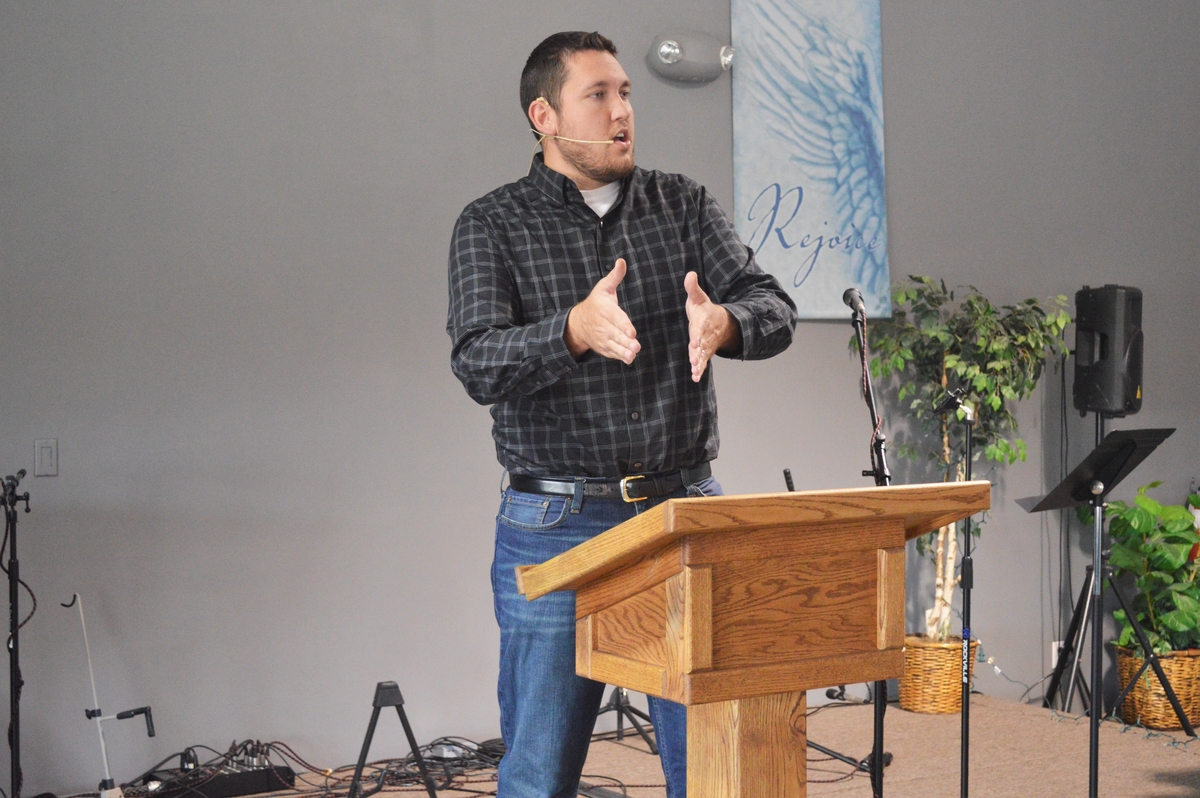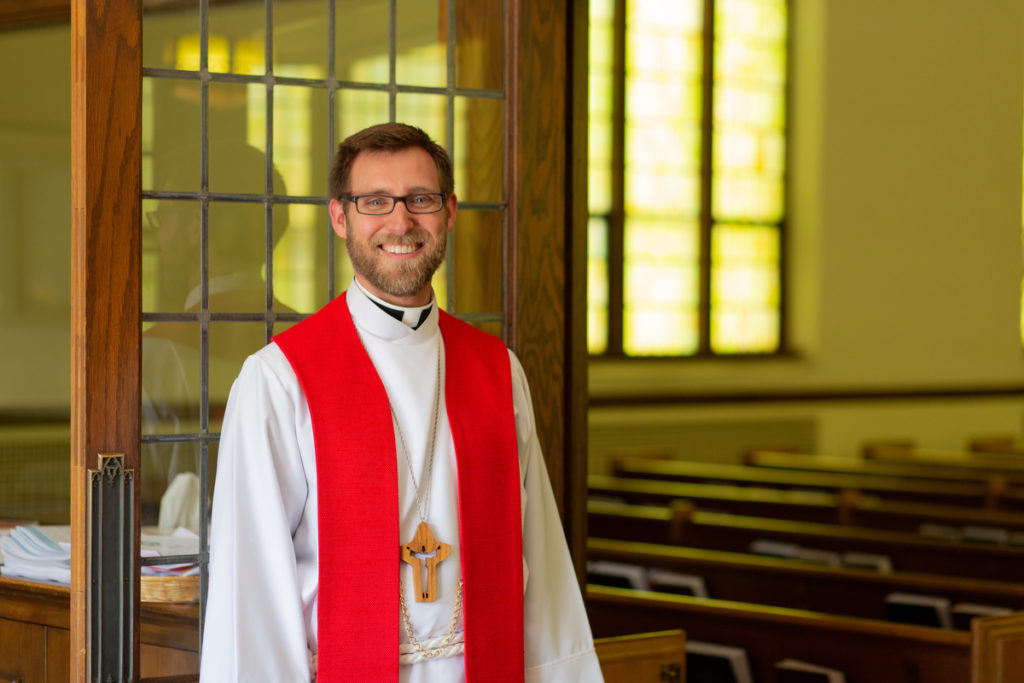As CiT Director I have been in a coaching relationship—since 2019—with a large number of call committees. I have now provided at least some level of assistance to twenty-five different call committees; all of them in the LCMC. In addition, I have also been monitoring, online, how an additional twelve to fifteen call committees have been conducting their search for a new pastor. Given what I have learned, I want to offer examples of the more common mistakes sometimes made when a call committee is looking for their next pastor.
However, before mentioning these “mistakes”, it is important to acknowledge how incredibly difficult it is—in 2022—to identify and call the “right” pastor. (Let alone making the mistake of looking for the “perfect” pastor.) As just about all of you know by now, given the shortage of available clergy it is a far better time to be a pastor looking for a call than be on a call committee looking for a pastor. Accordingly, it is not my intention to criticize call committees but rather to offer some practical advice as to how to conduct a pastoral search in such a challenging environment. And just how challenging is it? Well just in case you are one of a diminishing number of people who doubts the extent of the current clergy supply shortage, consider these four factors that have created something of a “perfect storm” when it comes to this crisis. First, there is the issue of retiring Boomer pastors; something which all of us are aware of. Next, we have the matter of far fewer seminary graduates than we have retiring pastors. Third, there is the reality that there have been many congregations who have been negatively impacted by the pandemic; whether by decreased in-person worship attendance or internal conflict. And fourth, if all of the above wasn’t challenging enough, we are also experiencing a significant national decline in the number of Americans who identify as Christians.
This last challenge—of a dwindling number of Americans who identify as Christians—was revealed in dramatic fashion just this last September. I found this revelation written in Timothy Dalrymple’s “From the President” column in the September issue of Christianity Today. He shared the results of a survey by the Barna organization. According to this study the percentage of Americans who are “practicing Christians” plummeted between 2009 and 2020. “Practicing Christians”, in this case, means they “prioritize their faith” and have attended church within the previous month. In 2009 50% of respondents fit this description. In 2020 only 25%!
Needless to say, all of the above adds to the difficulties that churches in general, and congregations “in transition” in particular, are facing. But having said that, below are some of the more common errors that only add to a call committee’s challenges. In other words, these are unnecessary errors that can be easily avoided.
1. Not keeping prayer as a central and crucial part of your meetings as a call committee. When a search process has been prolonged and discouraging, group prayer is sometimes missing from call committee agendas. This is a time when prayer is more needed than ever. And not just a cursory prayer by one member of the committee is needed, but a time of prayer when any and all members can participate; sharing not only their hopes but also their concerns.
2. Not creating a well-written open-position post for your LCMC or NALC vacancy list. I have become somewhat obsessed with monitoring—daily—the LCMC “Open Positions” list. And I have been doing this now for three years! (I know, a retiree with too much time on his hands.) In those three years I have seen some posts which were thrown together and—compared to the majority of posts—were totally inadequate. Here is the simple rule: When creating your position description, look at the vacancies already posted and learn from them regarding how to create the best possible description of your position, your congregation, and your surrounding community.
3. Not keeping your congregation up-to-date regarding your work and progress as a call committee. You should have brief, verbal Sunday-morning reports once every four to six weeks, and a brief article in every congregational newsletter. Let the members know you have been working!
4. Too quickly assuming you can “get by” with supply preachers over an extended period of time. Some call committees, at the beginning of their search, casually dismiss their need for an interim pastor. Instead, assuming that they will find their next “permanent” pastor within a few months, they decide occasional supply preachers will suffice to maintain their congregational ministry. This can be a serious mistake; especially if your vacancy remains unfilled for a year or more. (Which, more often than not, is the case in 2022.) The one bright side of many competent, retiring Boomer pastors is that some of them are open to part-time or full-time work as interim pastors for congregations in transition.
5. Organizing too large a call committee. Two problems with this: The larger your call committee, the more difficult it is to achieve a unanimous decision regarding the candidates you are considering. Also, the larger the committee the more awkward and ineffective initial online interviews become. I believe the ideal size for a call committee is between four and six members.
6. Not having a quality congregational website up and running when you begin your search. Prospective applicants, more often than not, expect you to have a website. If you don’t, they might feel they have too little information to make it worth their time to apply for your position.
7. Not conduct an informal, online background check before deciding to interview an applicant online. I have sometimes been enlisted by a call committee after they have already interviewed applicants that I, and my other call committees have ruled out as even remotely viable candidates. This is especially important for LCMC congregations, because the LCMC has not vetted most of the individuals listed on their clergy roster.
8. If you are a multiple-pastoral-staff congregation, not seriously considering your Associate Pastor for your Lead Pastor call. Given the current national shortage of pastors open to a new call, it would be a mistake to automatically rule out an associate pastor who is already loved and accepted by your congregation.
9. “Settling” and calling the wrong pastor when you already employ—or know of—a competent interim pastor who is available to serve your congregation.
10. Finally, allowing your search process to drag on beyond 18 to 24 months when you have one or two members qualified and willing to be trained to serve and lead your congregation as part-time lay ministers.
Allow me to conclude by explaining #10 above. I am convinced that bi-vocational or retired congregational members will, increasingly, be “called on” (pun intended) to serve in pastoral ministry roles. I also believe that this will often be a healthy and positive development, not just a sign of desperation due to a congregation’s inability to find and call a new ordained pastor. Too many churches, in the coming years, will simply close their doors because they can’t find an ordained pastor. Tragically, some of these churches will have one or more members who could and would step up to lead in pastoral roles. If these potential lay ministers do not feel qualified there are now reasonably-priced online seminary courses available in biblical studies, Lutheran theology, and preaching. We must not make the mistake of always assuming only an ordained pastor can lead and serve our congregations. For more information on this particular lay ministry strategy, click here to go to my article in the March/2022 issue of the Lutheran CORE newsletter. Or better yet, contact me directly with any questions you might have; at [email protected].




















Good write up.
Thank you, thank you, thank you! We will be looking for a new pastor in about two years. Your advice is priceless.
Well written. Thank you.